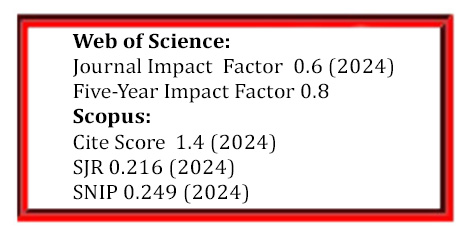The Influence of Molecular Weight and Tacticity on Thermal, Morphological and Mechanical Properties of Ziegler–Natta Catalyzed Isotactic and Syndiotactic Polypropylene Blends
DOI:
https://doi.org/10.5755/j01.ms.22.3.9056Keywords:
mechanical property, molecular weight, morphological property, polypropylene blend, tacticityAbstract
The thermal, morphological and mechanical properties of polypropylene blends as influenced by the molecular weight and tacticity were investigated. Polypropylene sample blends (50/50 wt.%) were injection moulded into standard disks for morphological and mechanical tests. The thermal properties of the polypropylene blends were measured by differential scanning calorimetry (DSC), while the morphological and mechanical properties of specimens were investigated by means of optical microscope (OM), scanning electron microscopy (SEM), microhardness (MH) and dynamic mechanical analysis (DMA). DSC results of the bulk crystallization of the various isotactic polypropylene blends showed one melting peak, which indicates that cocrystallization of the blends occurred. However, the crystallization behavior of the polymer blends was strongly affected by the configuration (tacticity) and molecular weight of the polypropylene polymers. In addition, the MH and DMA measurements showed that blends of two different isotactic polypropylenes presented MH and storage modulus values between the values of the respective two MH and storage modulus values of the homopolymer samples, which in turn, depended on the type and degree of the crystallinity of the blends. However, the presence of syndiotactic polypropylene in a blend with isotactic polypropylene leads to a decrease in the MH value of the isotactic polypropylene samples.
Downloads
Published
Issue
Section
License
The copyrights for articles in this journal are retained by the author(s), with first publication rights granted to the journal. By virtue of their appearance in this open-access journal, articles are free to use with proper attribution in educational and other non-commercial settings.



